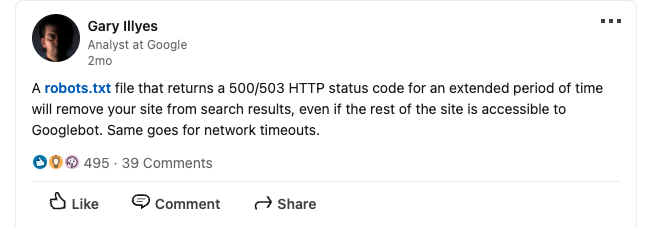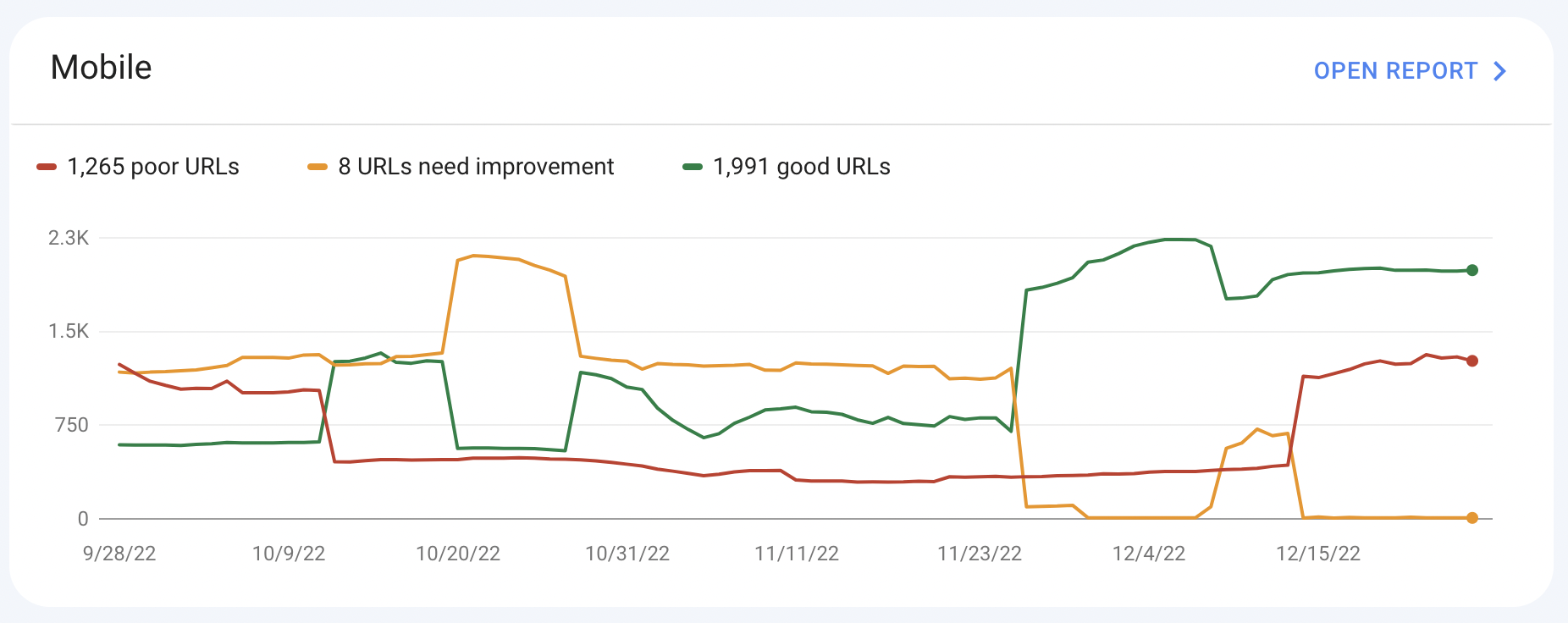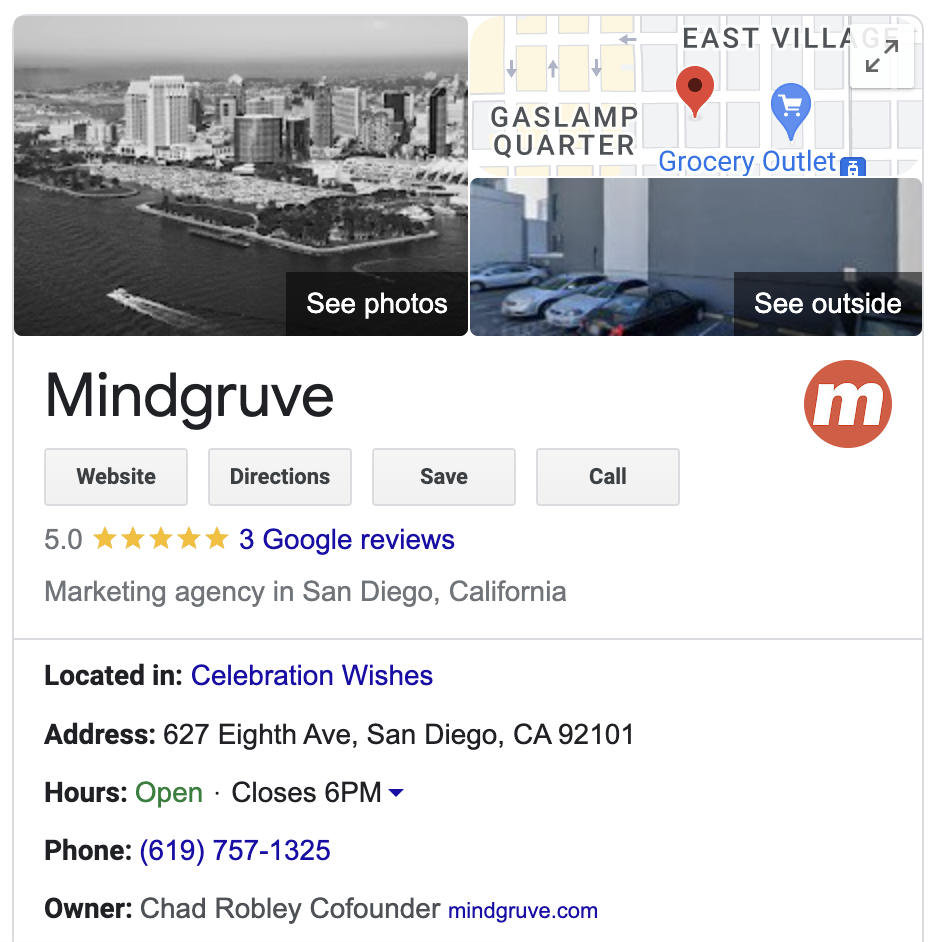Should you use a checklist for SEO audits? Yes, but in order to get the most out of a site audit that relies on a checklist, it’s a good idea to customize the list to fit the needs of your website, the platform, and the type of business. Since search engine optimization is a long-game play, the best SEO checklist is one that easily moves your audit to a set of tasks that can be sorted in priority order by level of impact.
How do you go about customizing your SEO site audit checklist? One foolproof way to audit a site is to break it down into sections that cover the main concerns.
What is an SEO site audit, and why do you need it?
An SEO audit looks at the technical and content health of a website to identify barriers to indexation (such as broken pages or server errors) and other issues that could affect overall site quality (like landing pages and keywords). Most search engine optimization experts begin their journey with a website by conducting a site audit, which helps gather the “pulse” to understand where there are opportunities for improvement.
For me, it helps to gather all the background information that can help make better recommendations and prioritize a strategy and workflow that will be the most beneficial to the site.
What are the top concerns for search engine algorithms that affect site visibility in 2023?
- Indexing
- Linking
- Page experience
- Search engine results pages
- Content
- Local/International
This flow moves from what the search engine bot sees (when crawling your website) to what the user sees with the content on your site.
The “invisible” SEO factors
Indexing
There is a list of essential items that should not be overlooked (but sometimes are!). These are the invisible SEO items that you must inspect the page to identify. Oftentimes, the processes of search engine optimization are a mystery because of the more abstract, unseen factors that influence rankings. Unfortunately, these factors remain the main concerns for a search engine bot.
Can a search engine crawl your website and pages?

Things like 404 pages and 500 errors will stop your page from being indexed. If your robots.txt page shows a 500 error for an extended period of time, it can drop that site from the index completely.
An easy way to get an idea of how your site is being indexed is to crawl it (with Screaming Frog).
That said, here are some things to look for as far as indexing goes:
- Page status codes – Are there any errors?
- Sitemap.xml – Did you give the bot a current map to follow?
- Site security – Is it using https rather than http?
- Redirects – Are pages being redirected to a relevant page or looping? (Not the homepage, in many cases.)
- Canonical tags – Do tags tell bots to index another page instead of a duplicate page?
- Crawl budget – Are you just making new pages for the sake of making pages? (There are too many pages to crawl/index and it dilutes the priority of the main pages.)
Linking
A search engine bot crawls your website and follows the links to find your site’s pages. Surprisingly, how a website is linked is actually the key to understanding how it will be ranked. The more a website or web page is shared by relevant and trustworthy sources, the more likely it is to rank.
In addition, the more a page is linked on your individual domain—in the navigation bar, footer, and main pages like the homepage, where it makes sense—the more it will be prioritized for indexing.
Interlinking
- Do main pages receive the most links?
- Is the crawl depth of main pages less than four clicks from the homepage?
- Do pages have an excessive number of outlinks?
- Are main pages included in the top navigation or footer?
- Does it use a subfolder structure or optimized architecture?
- Are there any orphan pages? (Not linked; therefore, not crawled, not indexed.)
- Are there any auto-generated/dynamic pages or query string URLs that should be static?
Adding just one link to a page from the main navigation can be a game-changer.
Backlinking
- Does the search engine trust your site enough to index it higher in results? (Based on domain authority.)
- Where do you stand when compared to the competition?
- Is there link spam referencing your domain?
- Do you get authoritative links from relevant, trustworthy sites?
- Does it receive social media engagement?
- Are the landing pages that get backlinks top pages, or do they link to top pages?
- What does the anchor text look like?
Having the right domains linking to your domain and landing pages precedes more competitive rankings for relevant keywords in search engine results.
Page experience
Core web vitals became a part of the Google algorithm in July 2021 and is used to measure page experience. The purpose of this update was to ensure a good page experience as far as page speed and content loading go. This update was a massive earthquake for SEO in that it shifted traffic numbers for websites by more than half in some cases due to the nature of the update.

Here are just some of the top concerns as far as core web vitals go:
- Mobile-friendliness/responsiveness – Is it built for mobile-first indexing?
- Time to first byte – Is the overall size too large of a request for the server? (CDNs, minified code, too many tags, etc.)
- First Contentful Paint – Are the correct resources pre-loaded or lazy-loaded?
- Largest Contentful Paint – Are images reduced in size, compressed, and served in optimal formats?
- Cumulative layout shift – Do images have set widths and heights?
- Search intent – Does the page answer the original search query?
Diving into each of these items oftentimes takes the help of a developer. That makes page speed and experience updates one of the trickiest optimizations for SEO, but the results can sometimes pay off. Having a set process in place for compressing images as you upload them is a good practice to follow and some plugins are available to help you do this (depending on the CMS).
It’s also a good idea to benchmark page speed against competitors to ensure you’re maximizing your resources since things like reducing unused JavaScript have practical limitations for some websites and themes.
The more visible SEO factors
Search engine results pages (SERPs)
Some elements on a web page are built for improving visibility in search results or may be used to tag a heading as it appears on-page. Some of the most important are the title tag, meta description, and H1s of individual landing pages, which can help improve page visibility in SERPs and landing page click-through rates.

Other major factors can be schema that is used to identify and classify common information for indexing purposes, such as an address for an organization, frequently asked questions, and the reviews that appear next to your URL in the search results.
- Meta description, title tag, and H1s
- Are there any duplicate, missing, multiple, or unoptimized lengths?
- Do the title tags and H1s use keywords?
- Do the meta descriptions include a call to action?
- Schema markup – Does it include any relevant schema found for similar sites?
- Open graph tags – Do these display when a link is shared on social media?
Schema can be used to dynamically pull information about your website from various third-party sites to create search features like knowledge panels, frequently asked questions, location reviews, etc. Rather than have third-party sites outrank your own in Universal Results or SERPs in general, you can begin optimizing for these types of results by marking up this information where it occurs on the page using schema.
Open graph tags are another way to stylize the way information is served when shared across social media or messenger platforms and can contribute to the total engagement you receive for a page.
Content
When it comes to website content, there are many technical factors that you can begin checking off the list. A good way to go about your audit is to check some general content factors in addition to using an on-page SEO checklist to dive deeper into your main landing pages or goal pages.
General content factors
- Are the landing pages established? (Pillars)
- Is there supporting content for the main landing pages? (Clusters)
- Are the keywords relevant?
- Do the keywords drive goals?
- Is there any audience overlap?
- Does it include sell pages?
- Does it include reviews, testimonials, or trust seals?
- Does it include a UVP on the homepage?
- Does the UX make sense? (About six navigation items are ideal.)
- Are there any detectable content cloaking issues? (Hidden content or discrepancies for the user versus the code shown to bots.)
- Can users and bots read the content? (Or, is it hidden without JavaScript or takes too long to render?)
- Does it contain thin content?
Checking what is above the fold and what is included in the H1 are still important factors to consider for on-page optimizations, along with many other easy checks.
On-page checklist
- Does it use a solid H1?
- What’s happening above the fold?
- Does it use bullets, lists, tables, etc.?
- Does it use interactive elements like images, video, and embedded social?
- Does it include an ADA-compliant heading structure?
- Does the heading and URL structure use keywords?
- Does it include an image with alt text?
- Does it have keyword traffic?
- Is the keyword traffic relevant?
- Is there a call to action for goals?
- How does it look on mobile?
- Is there keyword stuffing? (greater than 2% density)
- Is the page content duplicate? (greater than 60%)
- Is it ranking for Universal Results? (People Also Ask Questions, Featured Snippets, Images, etc.)
- Does it use frequently asked questions?
- Does it display E-E-A-T? (Experience, Expertise, Authoritativeness, and Trustworthiness)
- Does it use authorship, and was it written by an expert?
Local and International SEO
If you have a hyperlocal business or if you have international website content, there are some more specialized recommendations to take into consideration.

- Google Business Profile updates
- Multiple locations listing management (like Yext)
- Reputation management for reviews
- Local listings optimizations
- Location-specific landing pages and content
- Hreflang for international sites
- Using an international link structure
- Toggling between languages
- A map for travel- or location-specific businesses
With search engine optimization, things are always changing to match the latest algorithm updates and shifts in the market. It’s important to consider how your unique business fits into the grander scheme of things and what opportunities fit your needs and can make the greatest impact.
Once you have your website audit checklist completed, it’s much easier to pull the top tasks into a sheet to begin prioritizing the work that’s going to get you the results.